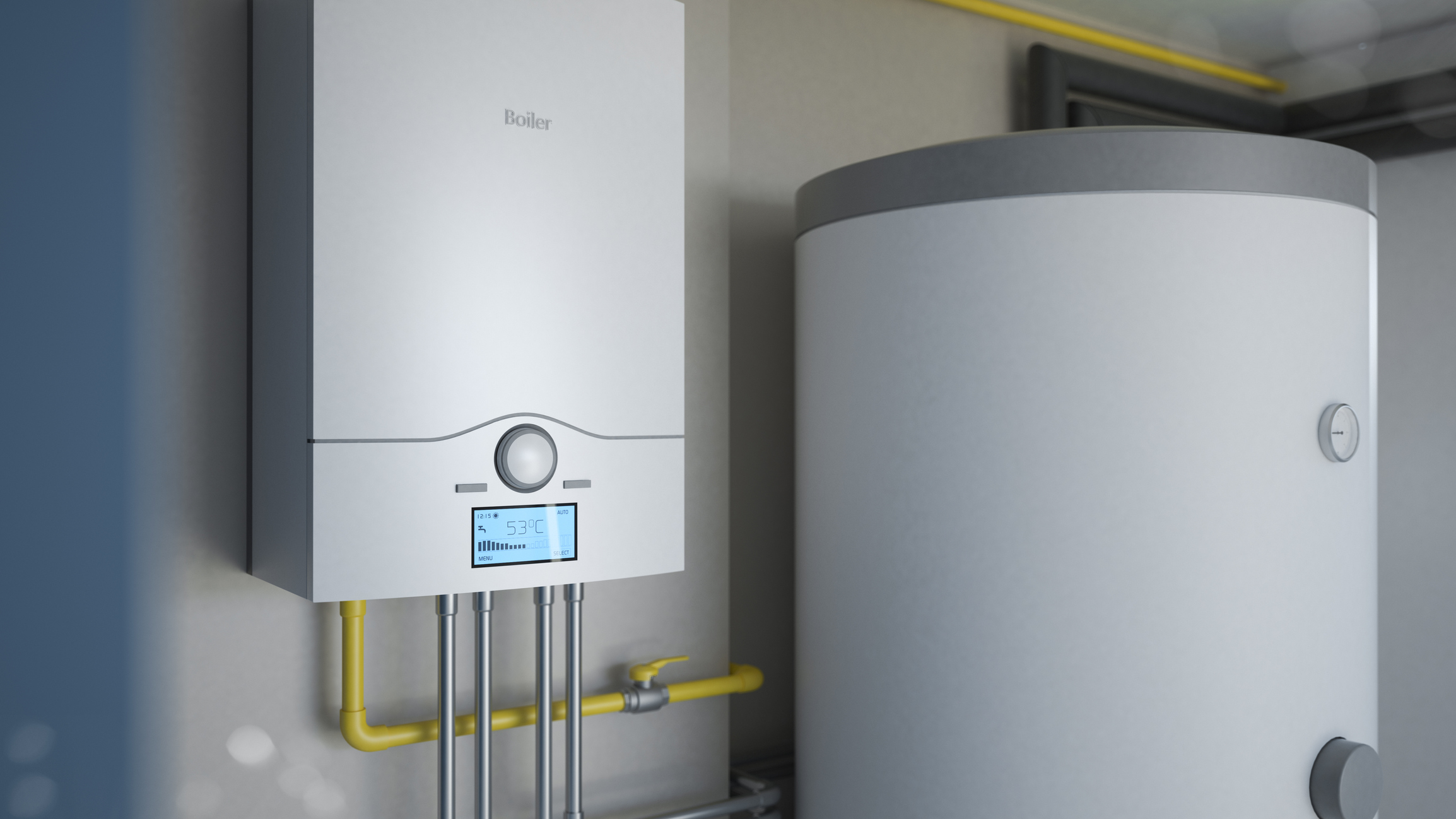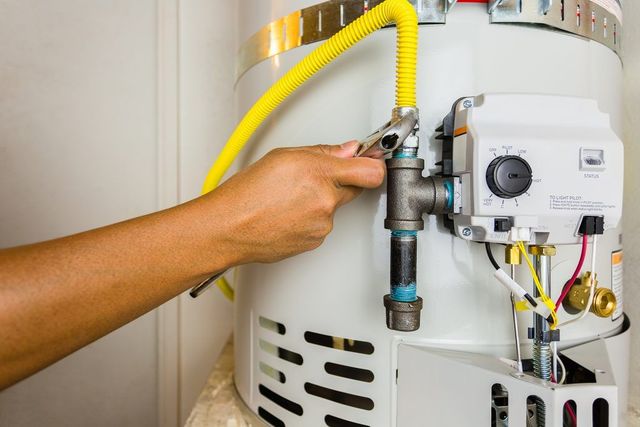How to Keep Your Home's Hot Water System in Good ConditionKey Guidance on Caring for Your Home's Hot Water System
How to Keep Your Home's Hot Water System in Good ConditionKey Guidance on Caring for Your Home's Hot Water System
Blog Article
How do you really feel on the subject of What Kind of Maintenance Do Water Heaters Need??

Warm water is vital for day-to-day convenience, whether it's for a rejuvenating shower or cleaning meals. To guarantee your hot water system runs successfully and lasts longer, regular upkeep is key. This short article gives useful pointers and insights on just how to maintain your home's warm water system to prevent disturbances and costly repair services.
Intro
Preserving your home's warm water system might seem overwhelming, yet with a few simple steps, you can ensure it runs smoothly for many years to find. This overview covers everything from understanding your warm water system to do it yourself maintenance suggestions and recognizing when to employ professional assistance.
Value of Preserving Your Warm Water System
Regular maintenance not just extends the life expectancy of your warm water system but also ensures it runs successfully. Neglecting maintenance can cause lowered efficiency, higher energy expenses, and also premature failing of the system.
Indications Your Hot Water System Requirements Upkeep
Knowing when your warm water system needs interest can prevent significant issues. Watch out for signs such as irregular water temperature, odd noises from the heating unit, or rusty water.
Flushing the Hot Water Heater
Flushing your hot water heater gets rid of sediment accumulation, boosting effectiveness and lengthening its life.
Checking and Changing Anode Rods
Anode rods avoid deterioration inside the tank. Evaluating and replacing them when worn is critical.
Complicated Problems Calling For Professional Assistance
Instances consist of major leaks, electric troubles, or if your water heater is constantly underperforming.
Regular Specialist Maintenance Perks
Specialist maintenance can include complete examinations, tune-ups, and making certain compliance with security criteria.
Inspecting and Readjusting Temperature Settings
Changing the temperature level settings guarantees ideal performance and safety.
Do It Yourself Tips for Upkeep
You can do a number of maintenance jobs on your own to keep your warm water system in top problem.
Looking for Leaks
Consistently evaluate pipelines and connections for leaks, as these can bring about water damages and higher bills.
Recognizing Your Warm Water System
Before diving right into upkeep tasks, it's useful to comprehend the standard elements of your hot water system. Typically, this includes the hot water heater itself, pipelines, anode rods, and temperature level controls.
Regular Monthly Maintenance Tasks
Regular month-to-month checks can help capture minor issues prior to they rise.
Checking Pressure Alleviation Valves
Testing the stress relief valve guarantees it works properly and protects against excessive stress accumulation.
Insulating Pipelines
Insulating warm water pipes reduces warm loss and can conserve energy.
When to Call a Professional
While do it yourself maintenance is valuable, some problems call for professional know-how.
Conclusion
Routine maintenance of your home's warm water system is essential for performance, longevity, and price savings. By adhering to these suggestions and recognizing when to look for expert aid, you can guarantee a trustworthy supply of hot water without unanticipated disruptions.
Water Heater Maintenance Tips
Test the TPR Valve
Shut off the power and the cold-water supply valve. Place a bucket under the pipe connected to the temperature-pressure-release (TPR) valve on the top or side of the tank. (This valve opens if the tank pressure gets too high.) Lift the valve’s tab to let some water out, then let go. If water keeps flowing, drain the tank partway, unscrew the old valve with a pipe wrench, and install a new one. Check the Anode Rod
Put a hose to the tank’s drain cock and let out a few gallons of water. Now fit a 1 1/16-inch socket onto the rod’s hex head on top of the heater (or under its top plate) and unscrew the rod. If it’s less than ½ inch thick or coated with calcium, buy a new one, wrap its threads with Teflon tape, put it back in the tank, and tighten securely. Use this segmented rod if headroom above the tank is limited. Drain the Tank and Wash Out Sediment
Drain the remaining water in the tank into the bucket, then stir up the sediment on the tank’s bottom by briefly opening the cold-water supply valve. Drain and repeat until clean water comes out of the hose. Close the drain cock, refill the tank, and turn its power back on. Adjust the Temperature
Find the temperature dial on the side of the tank and unscrew its cover. Adjust the dial to 120 degrees using a flathead screwdriver. For every 10 degrees the temperature is lowered, you can expect to save up to 5 percent in energy costs. Turn the water heater off or the thermostat down to its lowest setting if you plan to be away from home for more than three days. Insulate the Pipes
Buy some self-sticking 3/8-inch-thick foam pipe insulation that matches the pipes’ diameter. Slide the foam over the hot-and cold-water pipes as far as you can reach. Insulating the cold-water pipe prevents condensation in summer. Peel the tape and squeeze the insulation closed. If the pipe is 6 inches or less from the flue, cover it with 1-inch-thick unfaced fiberglass pipe wrap. https://www.thisoldhouse.com/plumbing/21016402/how-to-maintain-a-water-heater

As an avid reader about Water Heater Maintenance Tips You Can't Afford to Forget, I was thinking sharing that information was sensible. Are you aware of somebody who is looking into the subject? Take a moment to share it. Thanks a lot for your time. Return soon.
Call Today Report this page